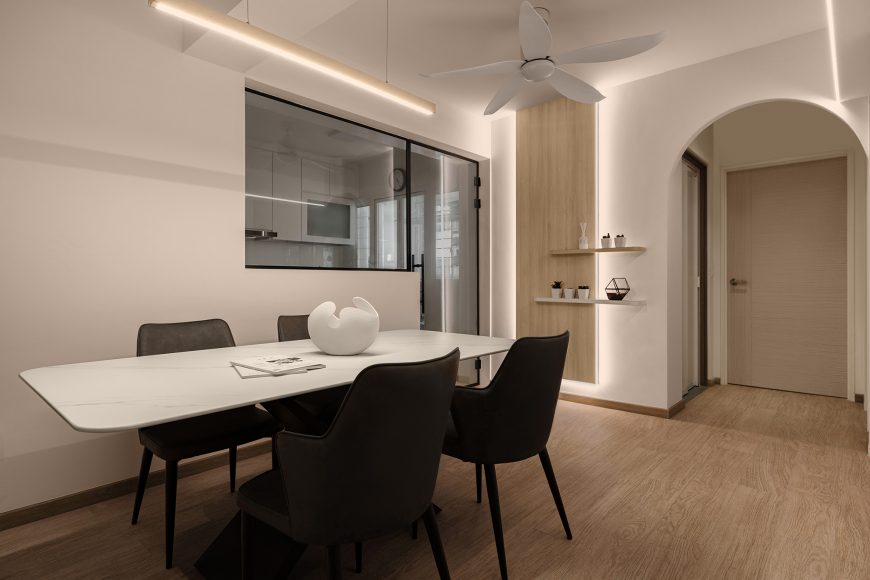Nordic Elegance: Exploring Scandinavian Interior Design Concepts
When it comes to interior design, the Scandinavian style has gained immense popularity in recent years. With its clean lines, minimalistic approach, and focus on functionality, Scandinavian design has a unique charm that appeals to many. In this section, we will delve deeper into the concept of Nordic elegance and explore the key elements that make up Scandinavian interior design.
One of the defining features of Scandinavian design is its emphasis on light and airy spaces. This is achieved through the use of light colors, such as whites, creams, and light grays, which help to create a sense of openness and serenity in a room. Natural light is also a key component of Scandinavian design, with large windows and skylights often being employed to let in as much light as possible.
Another important aspect of Scandinavian design is the use of natural materials. Wood is a dominant feature in many Scandinavian homes, whether it be in the form of floors, furniture, or decorative accents. The warmth and texture of wood help to add a sense of coziness to a space, while also bringing a touch of nature indoors.
In terms of furniture, Scandinavian design is characterized by clean lines and simple shapes. Functionality is key, with furniture often serving multiple purposes and being designed with practicality in mind. Pieces are often sleek and understated, allowing them to blend seamlessly into a room without overwhelming the space.
Textiles also play a significant role in Scandinavian interior design. Soft, natural fabrics such as wool, linen, and cotton are commonly used to add texture and coziness to a room. Layers of blankets, rugs, and cushions help to create a warm and inviting atmosphere, while also adding pops of color and pattern to an otherwise neutral space.

One of the most recognizable features of Scandinavian design is its focus on minimalism. Clutter is kept to a minimum, with only the essentials being displayed in a room. This helps to create a sense of calm and order, allowing for a space that feels clean and uncluttered.
While Scandinavian design is often associated with a more minimalist aesthetic, that doesn't mean it has to be devoid of personality. Personal touches and decorative accents can still be incorporated into a Scandinavian-inspired space, adding interest and character to the room. Whether it be through artwork, plants, or unique accessories, these details help to make a space feel truly lived-in and inviting.
In conclusion, Nordic elegance is all about creating a space that is both beautiful and functional. By incorporating light colors, natural materials, clean lines, and a touch of minimalism, you can achieve a Scandinavian-inspired interior that is both stylish and inviting. So why not bring a bit of Nordic charm into your home and create a space that is truly elegant and timeless?
- Industry
- Art
- Causes
- Crafts
- Dance
- Drinks
- Film
- Fitness
- Food
- Games
- Gardening
- Health
- Home
- Literature
- Music
- Networking
- Other
- Party
- Religion
- Shopping
- Sports
- Theater
- Wellness
- News


